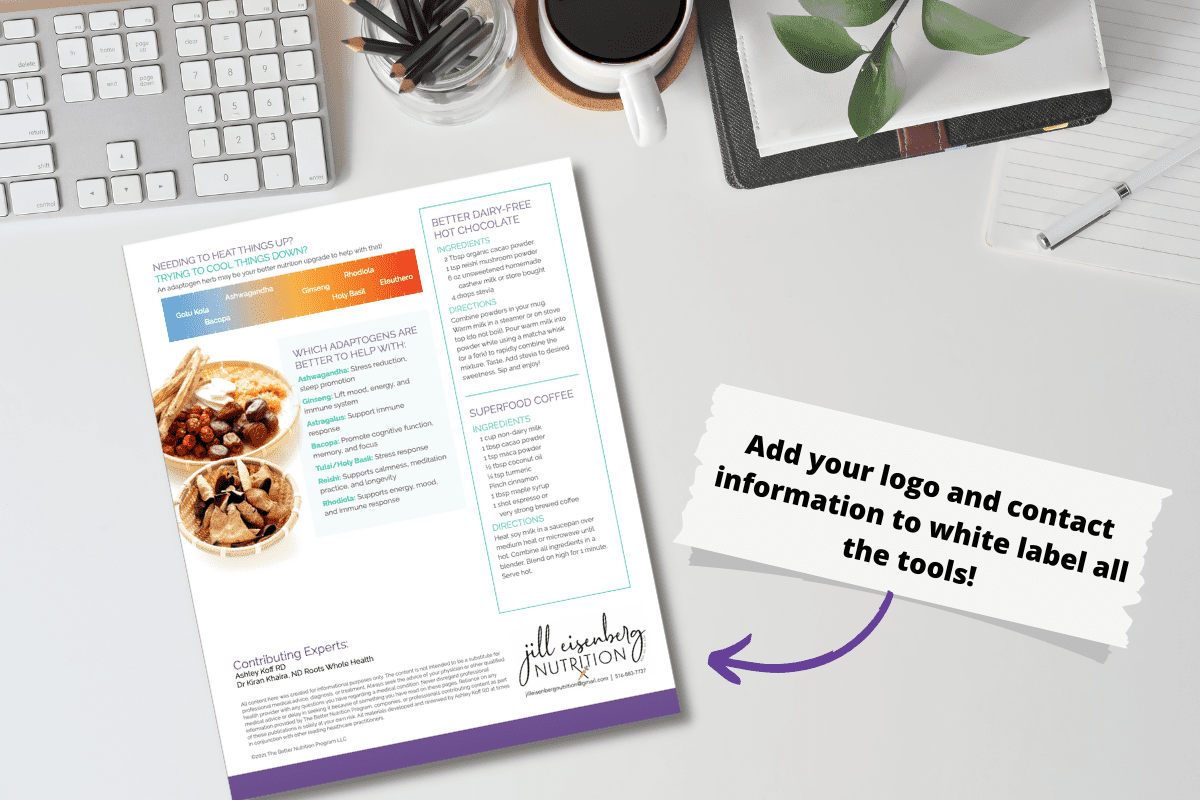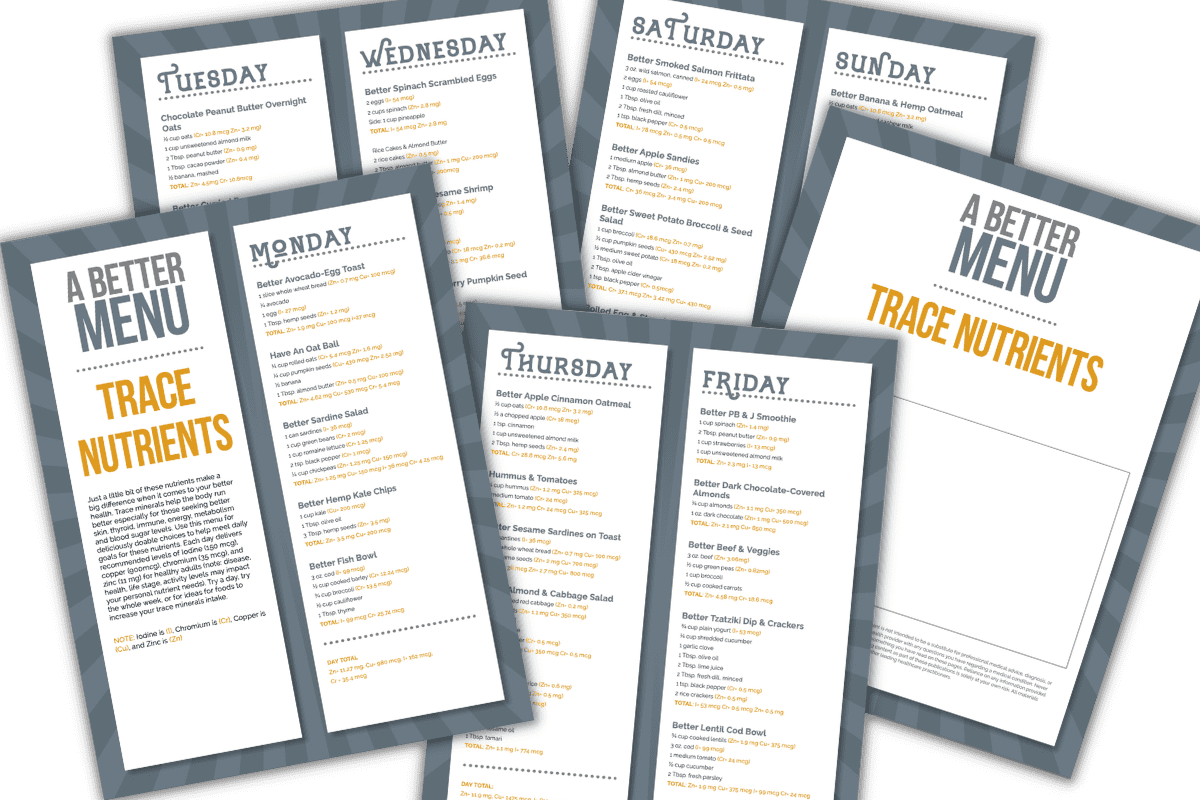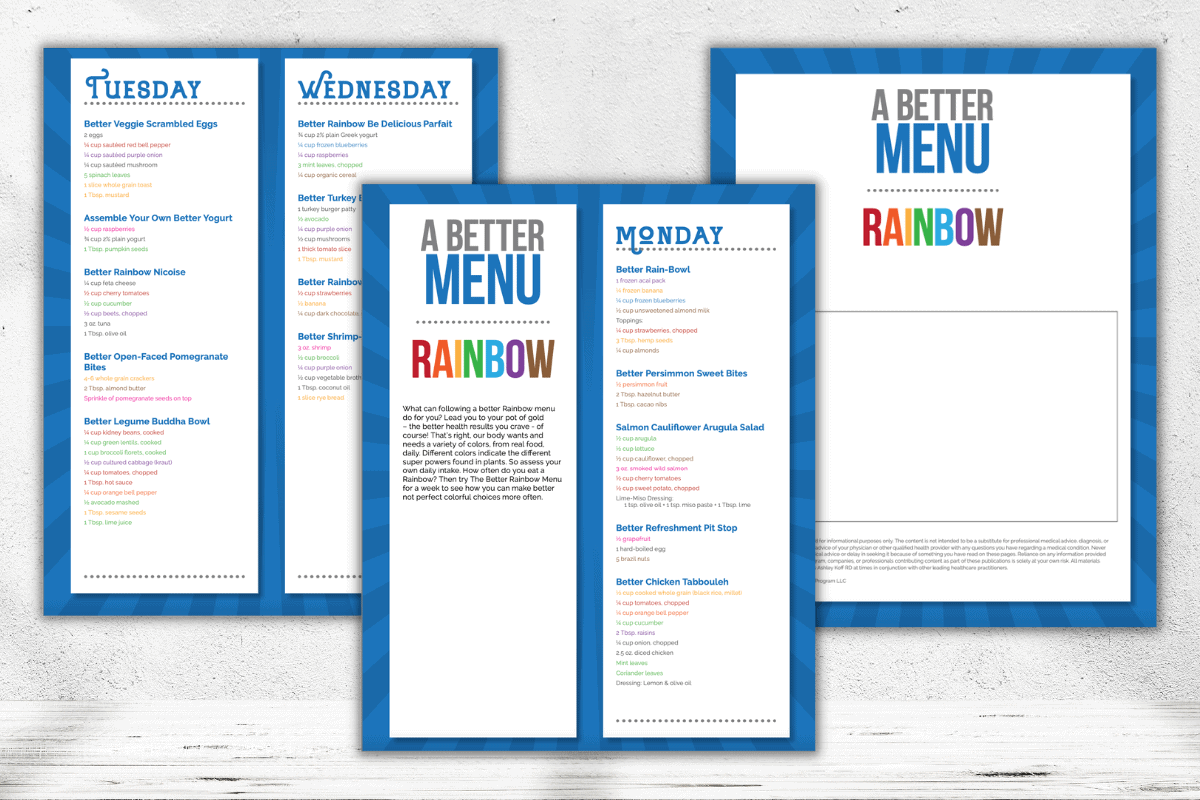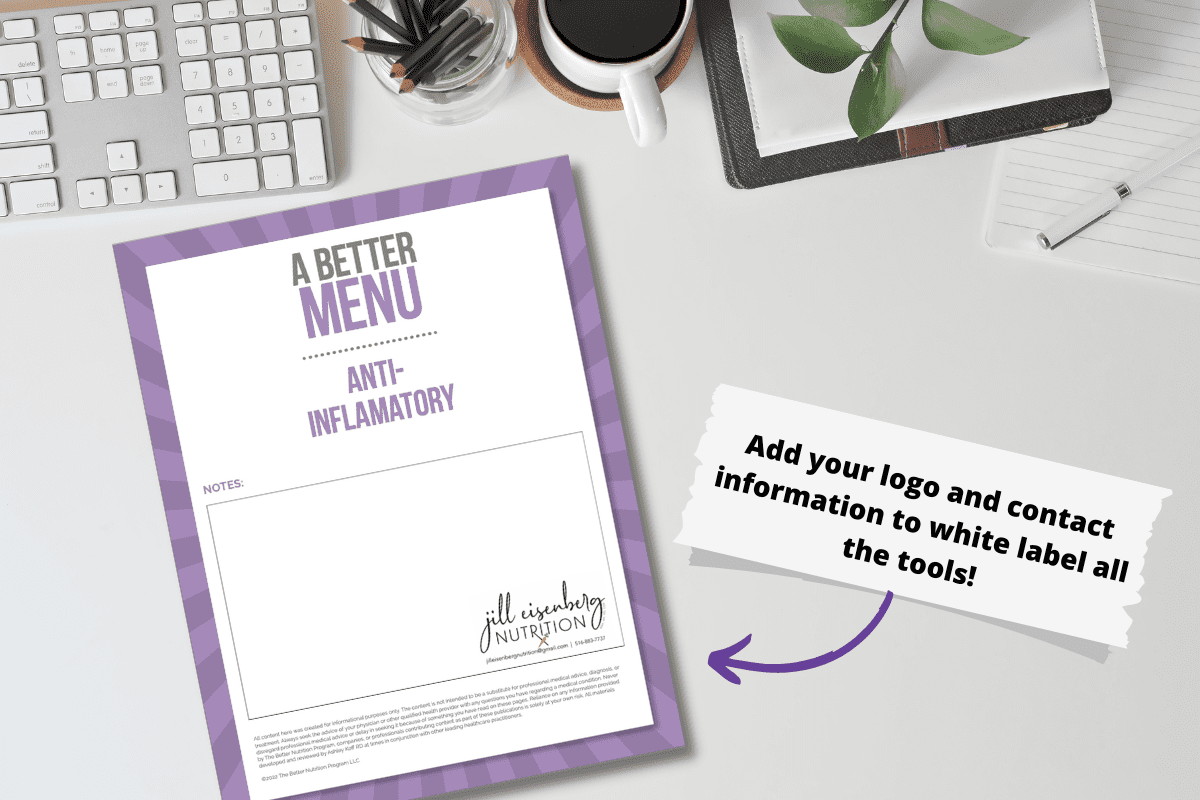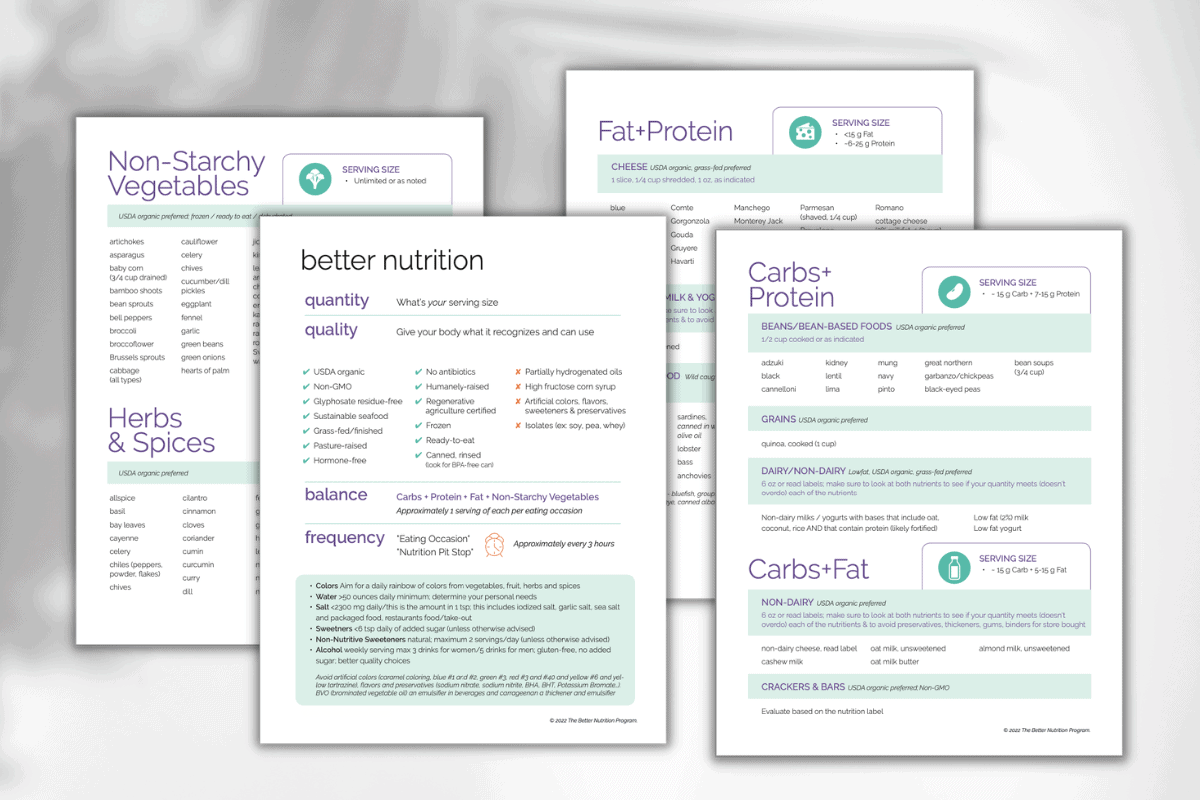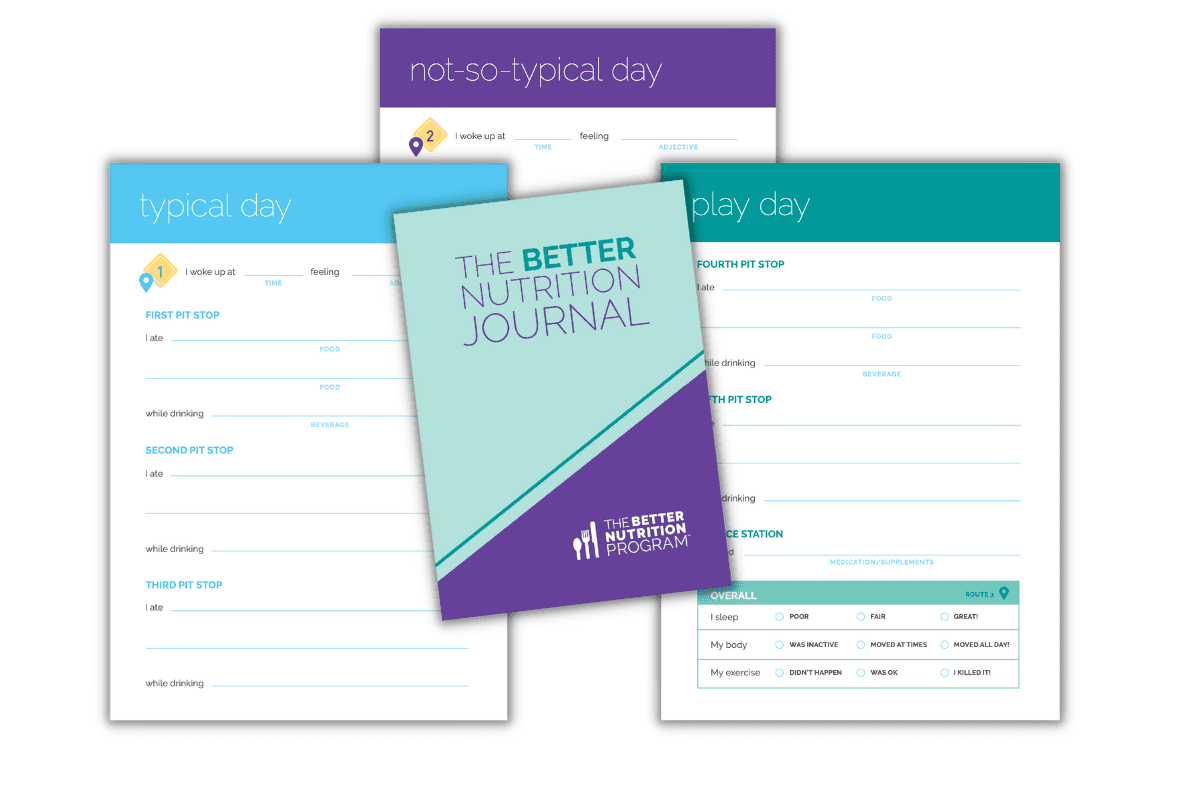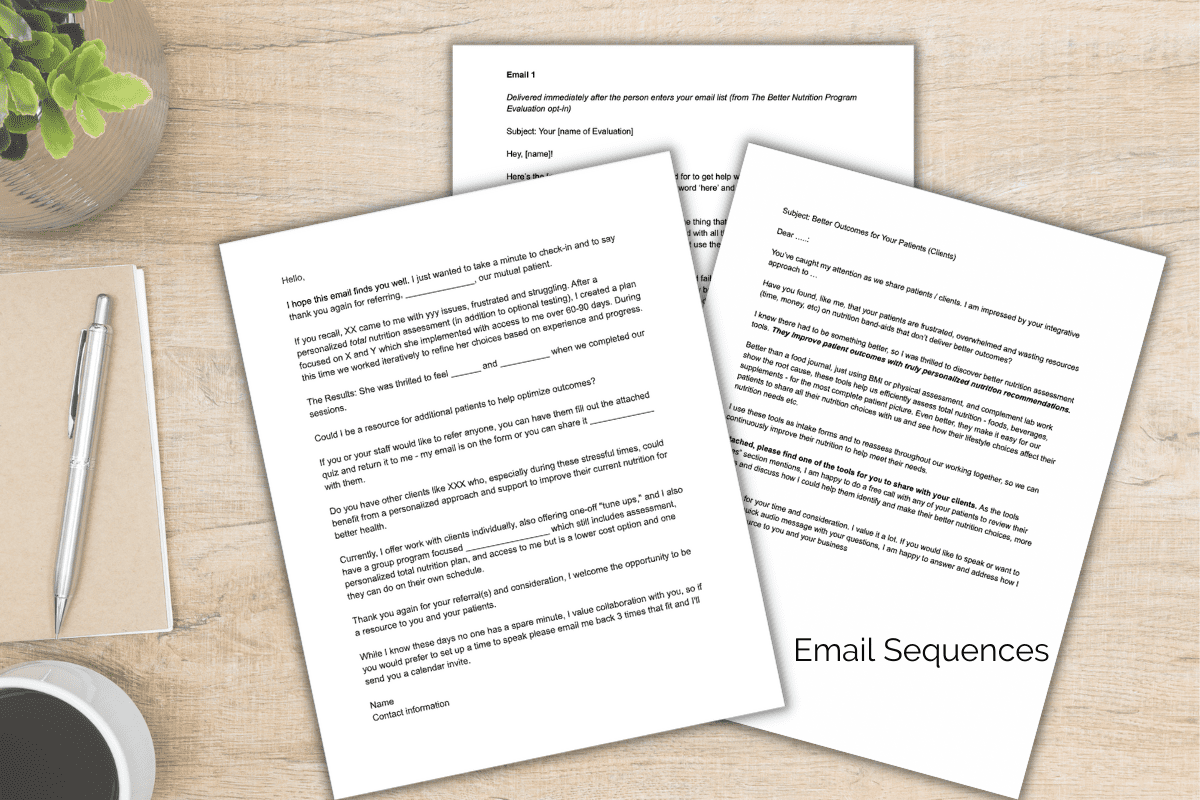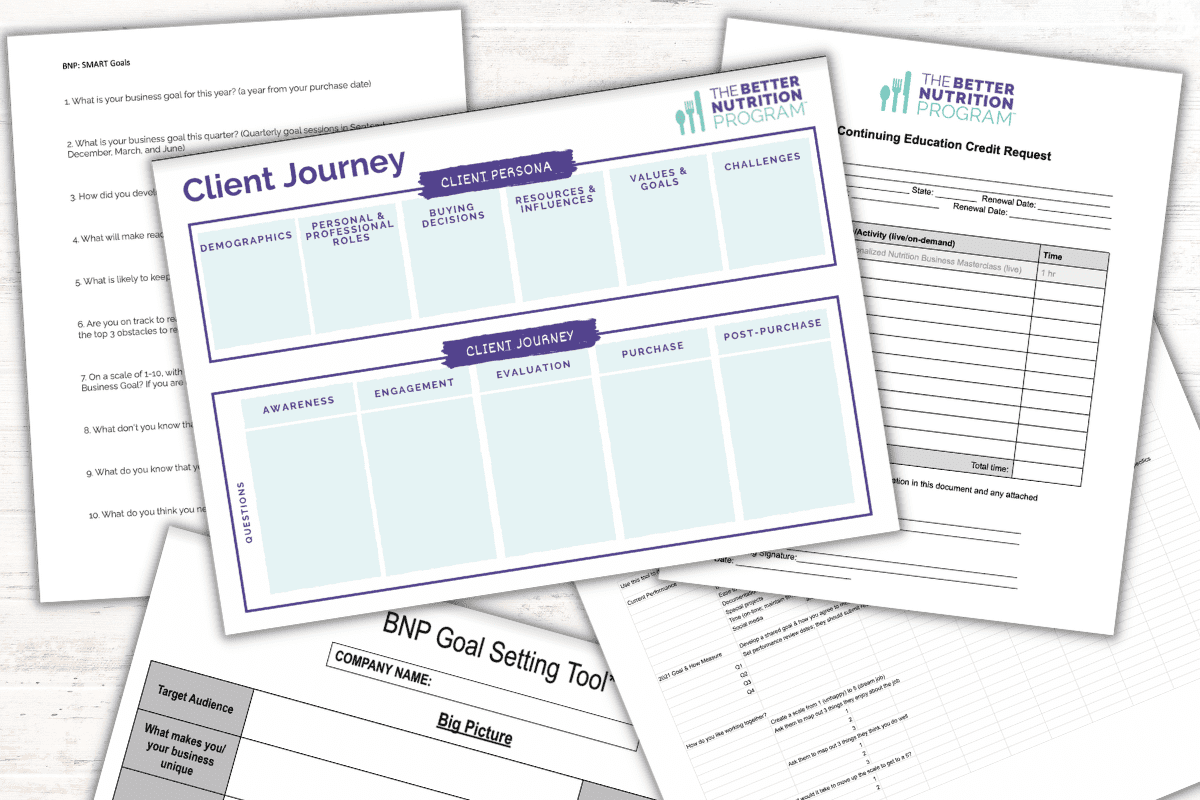When it comes to potassium, most of us (nutrition professionals included!) don’t give the mineral a second thought. Instead, sodium gets all the spotlight. And while sodium is an incredibly important nutrient to consider when evaluating the overall health of our clients, potassium is arguably just as important. Personalizing potassium recommendations should happen for each patient. Read on to learn why and how.
Here’s a truth that shocks both the nutrition professionals and clients I work with: Almost no adult actually meets his or her daily potassium needs. That means most of us aren’t efficiently bringing water (and essential water-soluble nutrients) into our cells, supporting blood pressure, or optimizing nerve and muscle functions.
Before you reach for a banana, here’s the reality: Eating more bananas isn’t the solution to getting enough potassium! Healthy adults need about 3,000 mg of potassium daily, and a banana only has about 400 mg. So eating one banana isn’t the advice your clients need to reach their goal.
Potassium Refresher
Potassium is omnipresent in our bodies. It is found in every organ tissue, and is required for normal cell function. It works opposite sodium to bring water, water-soluble vitamins (Bs, C), and antioxidants into your cells. As a result, it plays a critical role in maintaining fluid balances and the electrochemical gradients that exist between cell membranes.
This electrochemical gradient allows for nerve transmission, muscle contraction, bone mineral density, and healthy blood pressure. Essentially, every function in our bodies that keeps us walking, talking, and breathing normally relies on adequate levels of potassium! And because potassium is such a major component of our cellular functioning, we need significant amounts of it in our diet.
In a nutshell, potassium is required to escort water throughout the body and as a result, it’s crucial when it comes to delivering water-soluble nutrients into the body’s cells.
Is her current nutrition providing enough potassium?
Unfortunately, labs alone don’t give you the answer. The only way to know is to assess total potassium intake (from foods, drinks, supplements) in relation to a person’s needs. Other factors to assess include sodium intake, as well as current health and lifestyle factors.
Given the fact that most Americans don’t get sufficient amounts of potassium a day, it’s safe to assume that most of your clients are lacking as well. A quick glance at the chart below helps to explain why.
To get enough potassium in a day, one would have to consume something like one cup each of coconut water (600 mg), cauliflower (320 mg), cooked Swiss chard (960 mg), lima beans (955 mg), and cooked chickpeas (474 mg) in a day.
Compare this chart and the typical daily dietary choices for most Americans and you can easily see why most aren’t getting sufficient potassium.
Other factors affect sufficient intake!
There are a few other factors that contribute to our collective deficiency, including food access and affordability (especially after the socioeconomic impact of the COVID-19 pandemic) and popular dietary patterns that limit potassium-rich foods. For example, clients who limit carbohydrates often consume fewer beans, bananas, tomatoes, potatoes, and dried fruits—all excellent sources of potassium. Clients who eliminate or reduce dairy may also be deficient, as dairy-free alternatives to milk do not naturally provide potassium (though some non-dairy milk products are fortified with potassium).
How to personalize potassium recommendations
For starters, complete a potassium assessment (like the one in The BNP Toolkit™) for each one of your clients! Potassium evaluations are not routinely done in clinical practice, as blood potassium levels are a poor assessment of tissue potassium stores, making it difficult to get a pulse on a client or patient’s true potassium status. Additionally, unless medications or health issues raise the concern of monitoring potassium, practitioners typically don’t assess total nutrition intake—food, supplements, beverages—for potassium adequacy. But you can (and should!).
Once you’ve assessed, you can personalize potassium recommendations and share a plan for how that person can work to meet their needs more often.
Who may need to more potassium?
Keep in mind that some situations may require increased needs for potassium, including individuals with IBD (either Crohn’s disease or ulcerative colitis) who are likely to have impaired absorptive function. Similarly, individuals who are chronic laxative users may also experience increased potassium needs due to excess losses through bowel movements.
Those looking to lower blood pressure may also benefit from increasing their potassium intake as they optimize their sodium intake. And finally, breastfeeding women also have increased potassium needs due to the importance of potassium in breastmilk.
For those clients who will benefit from increasing their potassium intake, consider:
- Does your client like croutons in her salad? Recommend that she swap those out for roasted chickpeas instead.
- During a workout, suggest she add 1 cup of coconut water to her water bottle, which provides 600 mg of potassium.
- If your client is monitoring carbohydrate intake, swap banana for frozen cauliflower in smoothies. Or suggest opting for cauliflower pizza crust instead of traditional flour crusts. (But beware of processed cauliflower pizza crusts, as they can often be super high in sodium!)
How about for those needing to reduce their potassium intake?
For those who need to monitor or decrease their potassium intake, consider:
- Swap dairy milk or yogurt for almond or other plant-based choices. Keep in mind some plant alternatives, such as Oatly oat milk, are fortified with potassium, and will contribute to potassium intake!
- Educate clients on reading nutrition facts panels, and recommend limiting foods that list >10% of the DV of potassium per servings.
- Encourage clients to direct attention to ingredient labels and identify potassium containing additives which may include dipotassium phosphate and potassium sorbate.
- For potassium-rich vegetables like potatoes, recommend peeling, slicing, and soaking the vegetable in a large bowl of water for a few hours to leech some of the potassium out of the vegetable. Dump the soaking water and rinse the sliced vegetable in running water prior to cooking.
Personalizing potassium recommendations can help your clients successfully reach their health goals and optimize their overall health. Remember, you are the practitioner most qualified to assess your clients’ total nutrition in context of their current health, lifestyle, and dietary preferences. Offering this service is your competitive advantage!
Your patients’ top questions about potassium-related topics—answered!
Here’s how to respond to some of the most frequently asked questions about this crucial mineral and the health-related topics that may come up when you discuss its importance.
Question: Will eating less salt lower my blood pressure?
It might, but it might not. In fact, your sodium intake could be OK but you may need more potassium to optimize your blood pressure. (These two minerals go hand-in-hand, so it’s important to find out how your sodium intake is impacting your potassium levels!) Remember that for healthy blood pressure, the body needs better electrolyte balance. Individuals have different responses to salt (called “salt sensitivity”), but every human body requires potassium to bring water and nutrients into your cells. Also, keep in mind that the majority of the sodium most of us eat does not come from the salt shaker! Most sodium hides in sneaky sources like processed foods (think snacks, canned soups, frozen foods) and food prepared in restaurants.
Question: Is sea salt a better choice for optimal sodium and potassium levels?
While some sea salt may give the body minerals and less sodium, sea salt doesn’t contain much or any potassium. Switching to a quality sea salt (make sure it’s from clean seas!) can be a delicious choice. That said, it could also hurt your iodine intake. Read here to learn more about sea salt and iodine needs.
Question: Should I take a potassium supplement?
The short answer: No! You shouldn’t aim to meet potassium needs with a supplement, and it is possible to optimize your potassium intake by eating the right foods and drinking the right beverages. That said, it can be healthy and helpful to get about 100 mg of a good-quality multi-mineral or electrolyte support product. If it’s within your scope of practice to prescribe potassium as a supplement or medication, make sure to advise on any side effects or how to adjust food potassium intake.
Question: Do daily activities increase potassium needs?
They sure can, and so can health issues. Heavy exercise, lots of sweating, loose stools, drinking alcohol, frequent use of diuretics or laxatives, certain GI disorders and airplane flights may increase your potassium needs.
Help patients and enjoy more business wins too!
Of course, helping patients is our primary goal, our raison d’être (reason for being), right?! But it is also great for your business too. Developing her protocol for optimal potassium intake can help with so many different patient goals – hydration, skin, digestion, heart health, immune health, breastfeeding, sports performance and recovery and…
Want to preview The BNP Toolkit™ that makes personalizing potassium recommendations and marketing it easier and more effective? Join us for a live demo.




